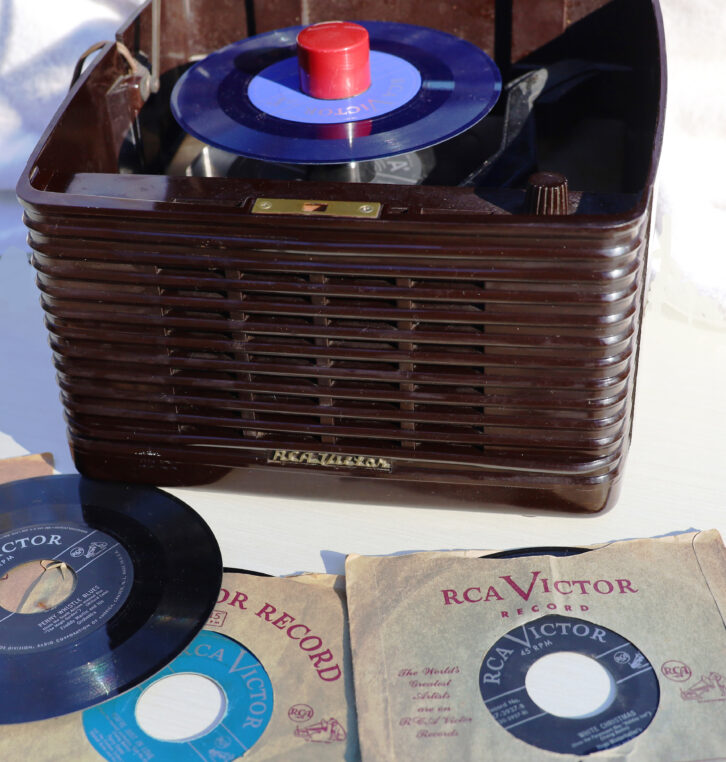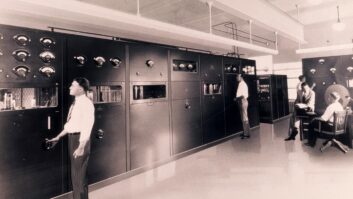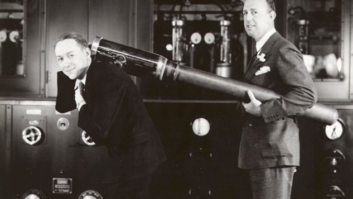This is the first story in a recurring series that will explore radio technology from years past, noting advancements and historical moments month by month.
With January 2024 well underway, let’s look back at “the way we were” 25, 50, 75 and 100 years ago. What developments were helping to shape radio broadcasting at each of those temporal waypoints?
100 Years Ago — January 1924: The radio craze that began three years ago is showing no signs of slowing down. Broadcasters are wondering how they can cash in on the boom, as are receiver manufacturers and distributors, service shops and suppliers of tubes and other components. The idea of broadcasting commercial messages appears too crass for this new medium (such advertising is better left to the newspapers and magazines), and some are now proposing a government-mandated tax, albeit a small one, to put broadcasting on a paying basis.
As voiced by one tax proponent listener, Raymond F. Yates: “It goes without saying that those who are shouldering the responsibility of broadcasting are entitled to some revenue, but under what method are they going to collect it? They have a moral right to charge for their programs, but as yet there is no way in which they can collect. They are not so much in love with the ‘dear public’ that they are giving this entertainment out of the kindness of their hearts.”
75 Years Ago — January 1949: Following in the footsteps of CBS’s debut of 33-1/3 rpm vinyl microgroove records, RCA introduces its own microgroove format, the 7-inch 45 rpm “little record with the big hole.” While having no real technical advantage over the larger CBS discs, the issuance of popular music on 45s does spell the beginning of the end for 78-rpm shellac records, which have been around since the 1880s, and do much to spur “disk jockey” record show programming and associated “record hops.”

50 Years Ago — January 1974: With the appearance of a number of new radio dramas (including the heavily promoted “CBS Radio Mystery Theater”) and a reprise by NBC of its 1950s science fiction series (“X Minus One”), it appears to some that major radio networks (CBS, Mutual and NBC) may be moving away from news-only programming for their affiliates. However, despite heavy promotion, there’s little buy-in from sponsors, and many stations balk at clearing network programming as it “doesn’t fit our format.”
25 Years Ago — January 1999: Digital radio is beginning to dominate the news, with reporting of the successful launch of the first of three Worldspace satellites for delivering digital audio broadcasts to Africa and the Middle East. Terrestrial digital service in North America is also in the news, with an NRSC subcommittee delivering a 60-page guideline to assist broadcasters and equipment makers in lab testing of the proposed IBOC hybrid digital audio broadcasting technology.






